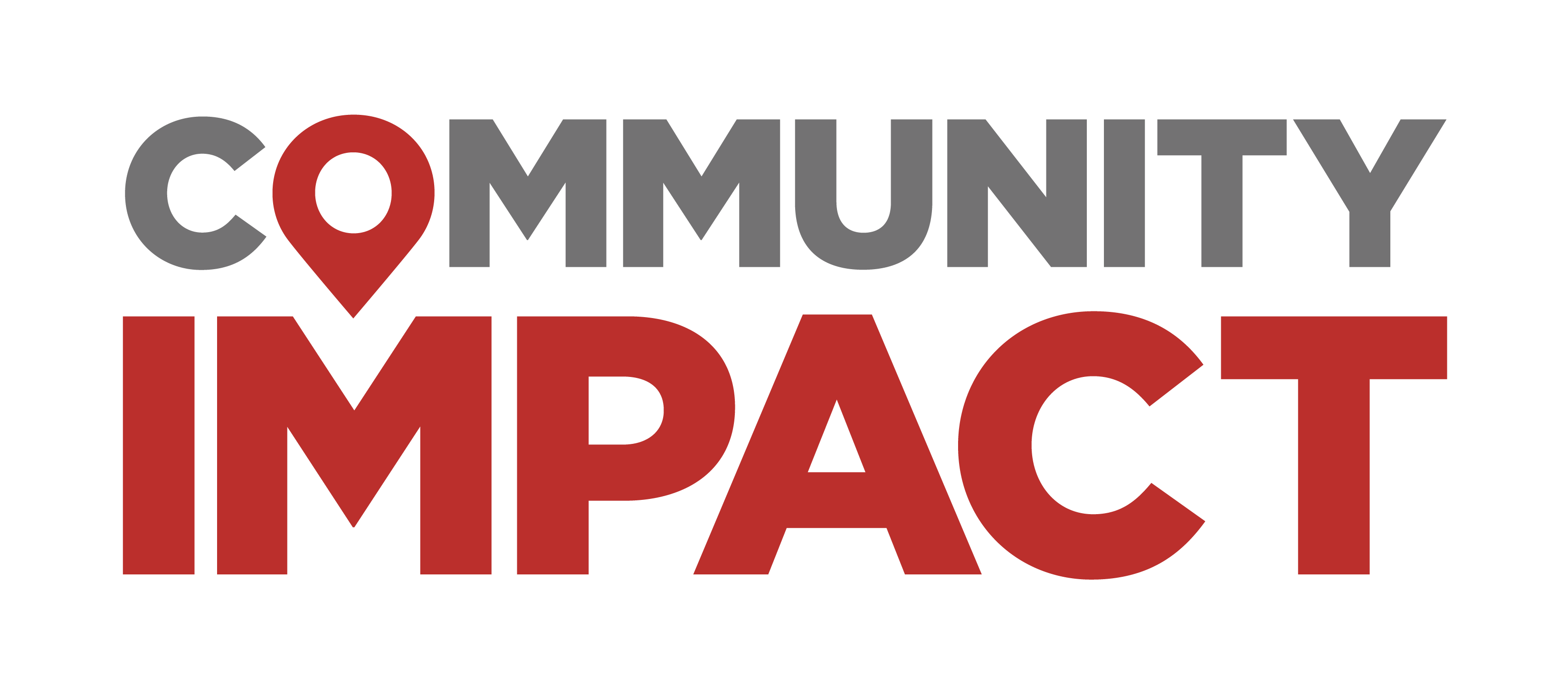2:38 p.m. Tuesday, Oct. 8: This story has been updated to correct an inaccurate statement communicated to Community Impact Newspaper regarding the percentage of land in Richmond that is exempt from taxes.
City officials are starting to make progress on projects to help the poverty-stricken neighborhoods in north Richmond, but community members say they are still being left behind when it comes to providing opportunities to alleviate poverty in the area.
At 21.6 percent, the number of people living in poverty in Richmond is the highest of all cities in Fort Bend County, according to reports from the U.S. Census Bureau.
The city of Richmond spans about 4 miles, and it is the neighborhood of north Richmond that community members have said is recognizably the most afflicted. Residents and visitors walking through downtown enjoy its small-town feel, but once they pass Calhoun and Preston Streets it is easy to see where poverty has taken root in Richmond, according to Beau Abdulla, director of Friends of North Richmond.
Friends of North Richmond is an affiliate of Attack Poverty, a nonprofit that aims to help the community through child services, education programs and revitalization projects.
“Literally, it is the other side of the tracks where there’s a barrier where people that grow up in this area are told, ‘You don’t go there, there is nothing good on that side of the tracks,” Abdulla said. “And that is an image that community members that come from here always have to fight against.”
City officials say they are aware of the pockets of poverty in Fort Bend County, and acknowledge that north Richmond is one of those more afflicted pockets. Through working with the Fort Bend County Economic Development Council to bring industry to nearby areas and applying for grants to fund road projects, the city has worked to help alleviate poverty in the area, but its small size has proved difficult to make the changes that are needed.
"Forty percent of the land [in Richmond] is exempt from taxes," said Michelle Moore, communications specialist for the city of Richmond. "The city has done everything it can in its capacity because...we have a limited opportunity to be able to drive taxes. We don't have these endless funds to just pump into the infrastructure."
The history of poverty in north Richmond is long and rich, according to community members, city officials and nonprofit leaders.
“You’ll notice that historic downtown Richmond has literally built up the back of its buildings to this neighborhood, so that contributes to why the neighborhood feels so unrecognized,” said Elise Kaufman, programs coordinator for Friends of North Richmond.
Abdulla said from what he has been told by residents in the community, they feel this has been the forgotten side of Richmond in terms of services, support, inequality in city leadership and infrastructure.
“There [are] literally people seeing through their floorboards and seeing through their siding [of their homes],” Abdulla said. "It is unsafe."
A growing need
In order to combat the high rate of poverty pervading the area, nonprofits have increased in number all over Fort Bend County, and many are situated around north Richmond.
“It feels like every month there is another new one opening up, it’s never ending,” Moore said.
Moore said part of the reason the number keeps growing is because Fort Bend County is growing at a rapid pace. From April 2010 to July 2016, the population of Fort Bend County increased by 26.8 percent, according to the U.S. Census Bureau.
Richmond has the highest poverty level in all of Fort Bend County at 21.6 percent, with Rosenberg trailing at 20.7 percent. The next highest level of poverty in the county is in Stafford at 12 percent, with Katy at 8.4 percent, Sugar Land at 5.3 percent and Pearland at 4.5 percent, according to the U.S. Census Bureau.
The George Foundation has had a large hand in providing land for nonprofits to use to offer social services to the community. The foundation has donated a total of 18 acres and $13 million over the years to local nonprofits.
“All donated land cited has been used to date to benefit local residents, and in particular, north Richmond residents,” George Foundation grant officer Quynh-Anh McMahan said.
The city has consistently applied for grant funding from programs like the Community Development Block Grant program, which has provided the city with over $200,000 annually.
Moore said the city is just starting to be able to afford to begin projects of a higher magnitude like the ones needed in north Richmond. Some of these projects include street rehabilitation.
At an August city commissioner meeting, public works director Howard Christian requested an extension on a construction contract through the CDBG program to move to three streets in the Heritage Heights Acres subdivision of north Richmond; San Jacinto, Alamo and Goliad Avenues. These street projects are one of the first steps to helping the community, but community members say a lot more still needs to be done.
"The first thing they could do is start with sidewalks,” said Cliff Thomas, community liaison for Friends of North Richmond. “We have so many kids that have to walk to school [and] they have to walk on the side of the road, they have to walk through ditches.”
Moore said sidewalks seem like simple fixes the city can make, but implementing them throughout the neighborhoods in north Richmond is much easier said than done.
“You can’t just slap a sidewalk in; it [involves] infrastructure of streets and ditches and drainage,” Moore said.
‘Islands of development’
One of the biggest complaints from some north Richmond residents is they feel they have limited access to jobs.
Jeff Wiley, president and CEO of the Fort Bend Economic Development Council, said over the last year the FBEDC has brought $71 million in new capital investment to the area, including the new Texpharma facility that will be stationed at the Rosenberg business park.
“[But that] is not going to be directly in north Richmond because really there’s not a lot of land to develop in north Richmond,” Wiley said.
Abdulla said while he recognizes the value of development projects and is hopeful they will bring added benefits, he argues north Richmond is still getting the short end of the stick, especially considering most low-income families will not have transportation to developments outside of the city.
“Now, I do get that that might bring more investment and more growth and that’s sort of their idea ... [but] they become these islands of development that across the street it doesn’t get the impact,” Abdulla said.
Abdulla said developers of a potential subsidized housing unit might take root across the street from the Friends of North Richmond. He said he is hopeful developers will take into account the needs of the community.
“I’d like assurances in the contracts showing a minimum of percentages of workers will be recruited locally,” Abdulla said. “You want to change culture? Offer a subsidized ownership program where people can build equity in their properties and they can actually build their dreams.”
The benefits of future development projects from the EDC and expanding school campuses at Wharton County Junior College and Texas State Technical College should have a positive affect on Richmond according to Wiley, but Moore said it is the nonprofits like Attack Poverty that are and will continue to be the main avenues for progress in the community.
“Really the ones that are based there [in North Richmond] are the ones that are essential to the vitality of the community,” Moore said. “You [the nonprofits, namely Attack Poverty] are getting involved in the community, you are not just throwing money at it. You have people committed long term to engaging one on one with the community and doing that through teaching reading, teaching GED programs, teaching ESL programs.”
Aside from the resources local nonprofits offer, Abdulla said changing the culture is the one of the most important steps to addressing the poverty rate by working with city leadership, developers and volunteers to foster relationships with the people of north Richmond.
“We have to get outside of our perceptions, our judgements, our preconceived notions. North Richmond is a wonderful community that is welcoming and loving and people don’t need to be scared about it,” Abdulla said. “Don’t let stereotypes keep you away from getting involved because you can make a difference.”






